Promoting the potential and strengths of cultural identity, climate and soil conditions, Thanh Hoa mountainous districts have been creating key products with their own characteristics, contributing to promoting local socio-economic development.
 Muong Lat district builds brand for Cay Noi sticky rice variety. Photo: TL
Muong Lat district builds brand for Cay Noi sticky rice variety. Photo: TL
Promote the transformation of crop and livestock structure
In recent years, mountainous localities have actively transformed the structure of crops and livestock, selected and developed agricultural products suitable to production conditions and local strengths and potentials to develop into key products. From there, select and encourage entities to develop products to become local OCOP products.
In the mountainous border district of Muong Lat, in recent years, the locality has always received attention from the province, all levels and sectors, prioritizing resources for infrastructure investment, economic development, and stabilizing people's lives. Implementing Resolution No. 11-NQ/TU dated September 29, 2022 of the Provincial Party Standing Committee on building and developing Muong Lat district to 2030, with a vision to 2045, the People's Committee of Muong Lat district issued Plan No. 91-KH-UBND dated May 11, 2023 on developing agricultural, forestry and fishery production in Muong Lat district. Currently, Muong Lat district is strengthening propaganda and mobilization solutions, arousing the will to be self-reliant and self-reliant to escape poverty of the people in the district. Raising awareness of people's production practices, creating consensus and mobilizing resources, integrating investment capital sources for socio-economic development to achieve the goal of sustainable poverty reduction. Thereby contributing to changing people's mindset of waiting and relying on the State's support and promoting the will to escape poverty.
Based on the analysis of land, soil and climate conditions, Muong Lat district is maintaining a stable area of wet rice (about 1,120ha) and upland rice (about 1,070ha) to ensure local food. Bringing rice varieties with high yield and quality, suitable for land and climate conditions into production to increase output; selecting some rice varieties and specialty crops such as Cay Noi sticky rice, Mac Khen sticky rice, Mong sticky rice... to develop into OCOP products. Muong Lat district also reviews and plans 3 types of forests in the area; reviews land use plans, plans for large-scale concentrated production and livestock areas and concentrated residential areas, specialized production areas of dominant and key agricultural products. Promoting livestock and poultry farming in the direction of goods, making livestock farming the main production industry of the district. Focus on developing buffalo, cow, and specialty livestock farming, and indigenous breeds such as: Black Mong chicken, native chicken, duck, Mong pig, wild boar, crossbred pig, and grass pig, associated with building product brands and developing medicinal plants under the forest canopy.
If in the past, cassava was only grown on a small scale and had low value, now thanks to the participation of local authorities, the support of businesses and the consensus of the people, cassava has been and is promising to be one of the crops contributing to hunger eradication and poverty reduction in the border area of Muong Lat. Currently, the total cassava growing area in Muong Lat is nearly 3,000 hectares, mainly concentrated in the communes of Muong Ly, Tam Chung, Trung Ly and scattered in the communes in the district. With the climate and soil characteristics considered suitable for cassava, the yield and productivity of the 2023 crop are quite high, contributing to improving people's lives and helping people escape poverty.
Remember, in August 2023, Thanh Hoa Agricultural Institute coordinated with Muong Lat District People's Committee to organize a conference to announce and hand over the results of research and development of Soil - Agricultural Chemistry map of Muong Lat district. This is a very important source of documents for Muong Lat district to serve as a scientific and practical basis to direct the work of developing production plans, arranging crop structures suitable to the land and socio-economic conditions of the district, contributing to the early realization of the goal of striving for Muong Lat to escape poverty by 2030. Muong Lat district strives that by 2025, the whole district will have 2 communes meeting NTM standards. The total average annual food output in the period of 2021-2025 will reach 13,000 tons or more. The average income per capita in rural areas by 2025 will reach 25 million VND/person/year or more (1.2 times higher than in 2020). Forest cover rate by 2030 reaches 80%...
In the mountainous district of Như Xuân, promoting the local potential, in recent years the district has focused on developing and building key crops and livestock products such as growing oranges, grapefruits, tea, raising buffaloes and cows... In which, tea is also a traditional crop, closely associated with farmers, contributing to sustainable poverty reduction and increasing people's income. To motivate the development of tea production and processing, Như Xuân district has implemented solutions to develop large-scale tea material areas associated with linking production and product consumption. Tea trees are grown in many communes such as Cat Tan, Hoa Quy, Binh Luong... Như Xuân district has approved the project "Developing tea material areas for processing and export in Như Xuân district in the period of 2021-2025 and orientation to 2030". Currently, the whole district of Như Xuân has developed more than 150 hectares of tea.
Developing products that take advantage of mountainous areas
On November 24, 2022, the People's Committee of Thanh Hoa province issued Decision No. 4079/QD-UBND approving the Project "Developing models of crops, livestock, medicinal herbs, and advantageous products in the mountainous areas of Thanh Hoa province for the period 2022-2025". The project aims to support the development of production development models suitable for each region and area in the direction of transforming the structure of crops and livestock. Through promoting the advantages of mountainous areas, bringing high economic efficiency, creating jobs, increasing income for households, sustainably reducing poverty in ethnic minority and mountainous areas, narrowing the gap in living standards and income of people in mountainous areas compared to lowland areas.
 People in Co Lung commune (Ba Thuoc) develop local specialty duck breeding. Photo: H.D
People in Co Lung commune (Ba Thuoc) develop local specialty duck breeding. Photo: H.D
The goal by 2025 is to exploit the potential advantages of mountainous areas, promote 33 models of crops, livestock, medicinal herbs, and advantageous products to build production development models suitable for each region. Create livelihoods and jobs for about 3,500 households in mountainous areas of the province (households owning models and poor households working regularly from the models).
Crops identified as advantageous in mountainous areas are: Cay Noi sticky rice, pumpkin, peach growing in Muong Lat district; growing areca nut sticky rice in Ngoc Lac and Cam Thuy districts; growing temperate vegetables in Ba Thuoc and Thuong Xuan districts; growing canarium mixed with cardamom under forest canopy associated with processing incense, growing clean tea in organic direction in Nhu Xuan district; growing Kim Tan sugarcane and pineapple in Thach Thanh district. For main livestock such as raising native ducks, chickens, and pigs are raised in 11 mountainous districts; raising bamboo rats in Lang Chanh, Ba Thuoc, Nhu Thanh, and Nhu Xuan districts; raising sturgeon in Quan Son. Growing precious medicinal herbs in Ba Thuoc, Lang Chanh, and Cam Thuy districts...
To effectively implement the project, localities and provinces have been implementing important solutions such as strengthening the restoration, conservation and development of a number of traditional indigenous plant and animal varieties and plants and animals with development advantages in mountainous districts. Focusing on implementing Resolution No. 13-NQ/TU dated January 10, 2019 of the Provincial Party Committee on land accumulation and concentration to develop large-scale agricultural production applying high technology by 2025, with a vision to 2030. Applying science and technology in production stages from seeds, materials, fertilizers, infrastructure, barns, technical measures in production. Building a number of on-site processing and preliminary processing facilities, building brands, origin of goods, intellectual property and brand ownership protection policies; building an information system for traceability, introducing and promoting products; registering OCOP products. Promote promotion, find output markets for products... At the same time, call on businesses to participate in coordination, investment in implementation, product consumption, increase the value of crops and livestock. Mountainous localities focus on directing the step-by-step improvement of the quantity and quality of agricultural products in the area.
In addition to the initiative of localities, the Central Government and the province also create favorable conditions to support capital sources for mountainous districts and ethnic minority areas to build and develop local key products. Integrating capital sources of 3 national target programs, including the National Target Program on Socio-Economic Development in Ethnic Minority and Mountainous Areas (EMMA) for the period 2021-2030, Phase I: from 2021 to 2025 (abbreviated as Program 1719). The Provincial People's Committee issued Plan No. 182/KH-UBND dated July 4, 2023 on implementing content No. 03 of Sub-project 2, Project 3: Promoting business start-ups, entrepreneurship and attracting investment in EMMA areas under Program 1719 to contribute to improving skills and awareness of EMMAs about entrepreneurship and business start-ups. Arouse the entrepreneurial spirit and creative potential of each organization, individual and enterprise based on the potential, strengths and available resources in mountainous areas, thereby attracting investment in mountainous areas.
Together with the Project "Developing models of crops, livestock, medicinal herbs, and advantageous products in mountainous areas of Thanh Hoa province in the period of 2022-2025" and implementing Program 1719 in ethnic minority and mountainous areas are favorable conditions, important steps to create momentum for local Party committees, authorities, and people to implement the local socio-economic development program, stabilize the lives of people, and contribute to the overall development of Thanh Hoa homeland.
Ngoc Huan
Source





![[Photo] Overcoming all difficulties, speeding up construction progress of Hoa Binh Hydropower Plant Expansion Project](https://vstatic.vietnam.vn/vietnam/resource/IMAGE/2025/4/12/bff04b551e98484c84d74c8faa3526e0)

![[Photo] Closing of the 11th Conference of the 13th Central Committee of the Communist Party of Vietnam](https://vstatic.vietnam.vn/vietnam/resource/IMAGE/2025/4/12/114b57fe6e9b4814a5ddfacf6dfe5b7f)
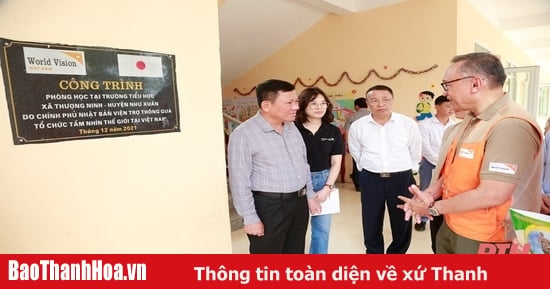
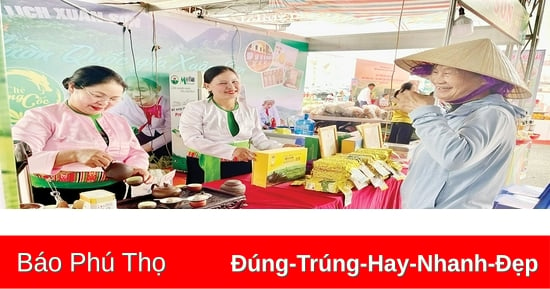

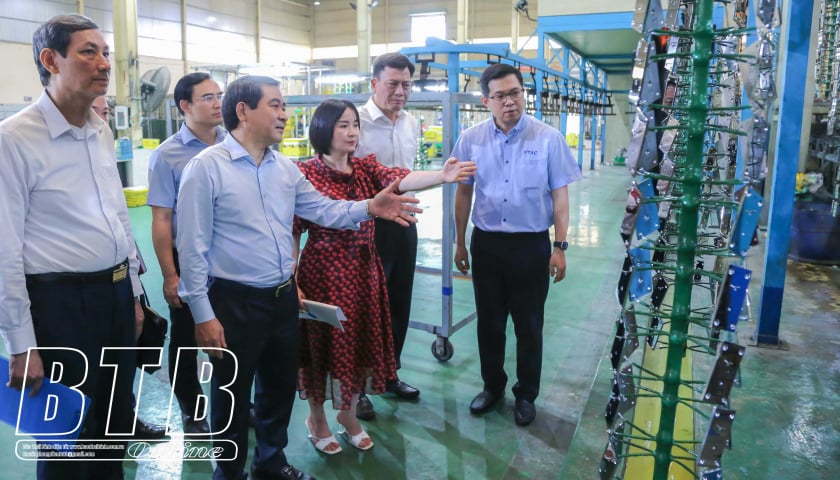

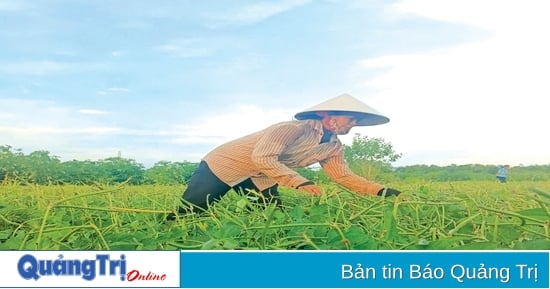

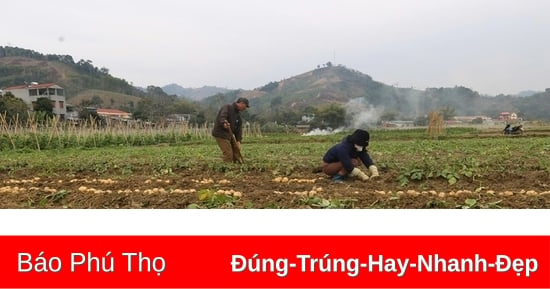
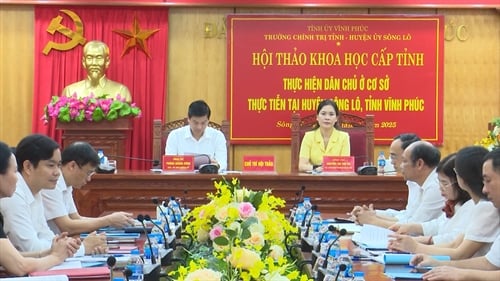
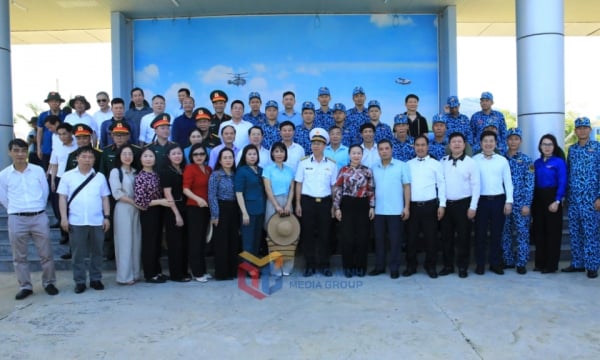
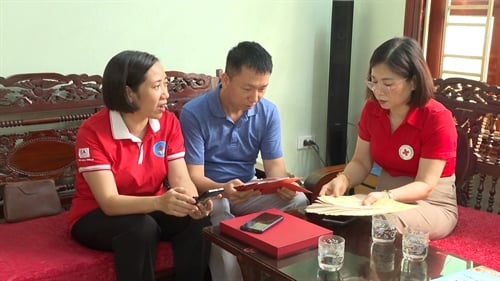

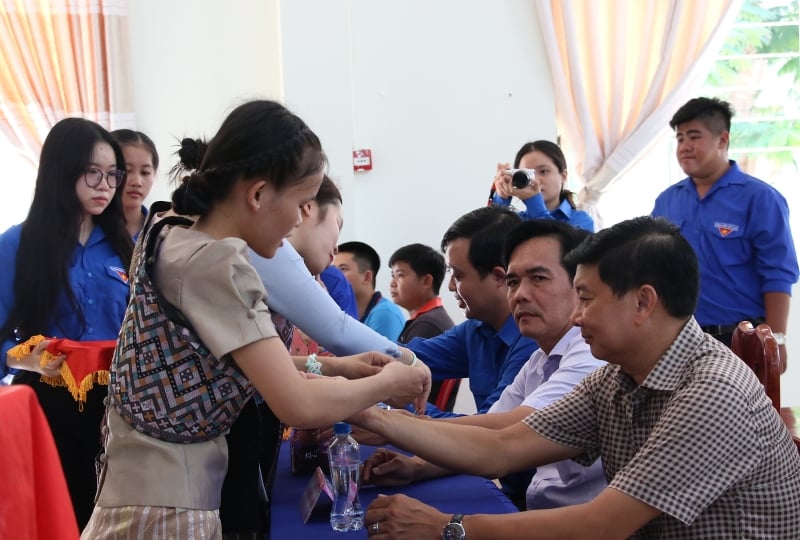
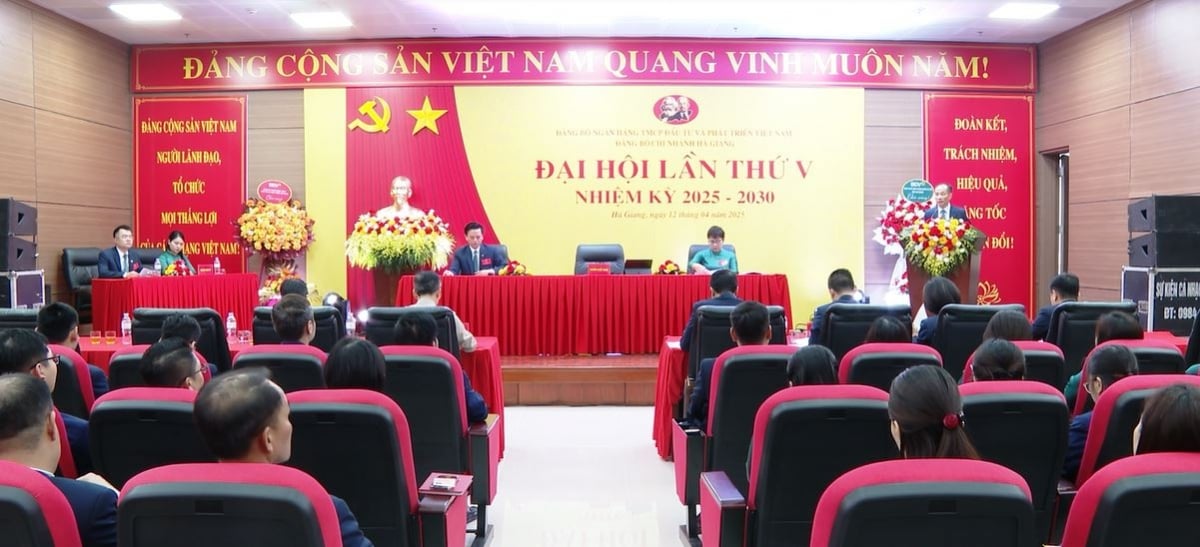



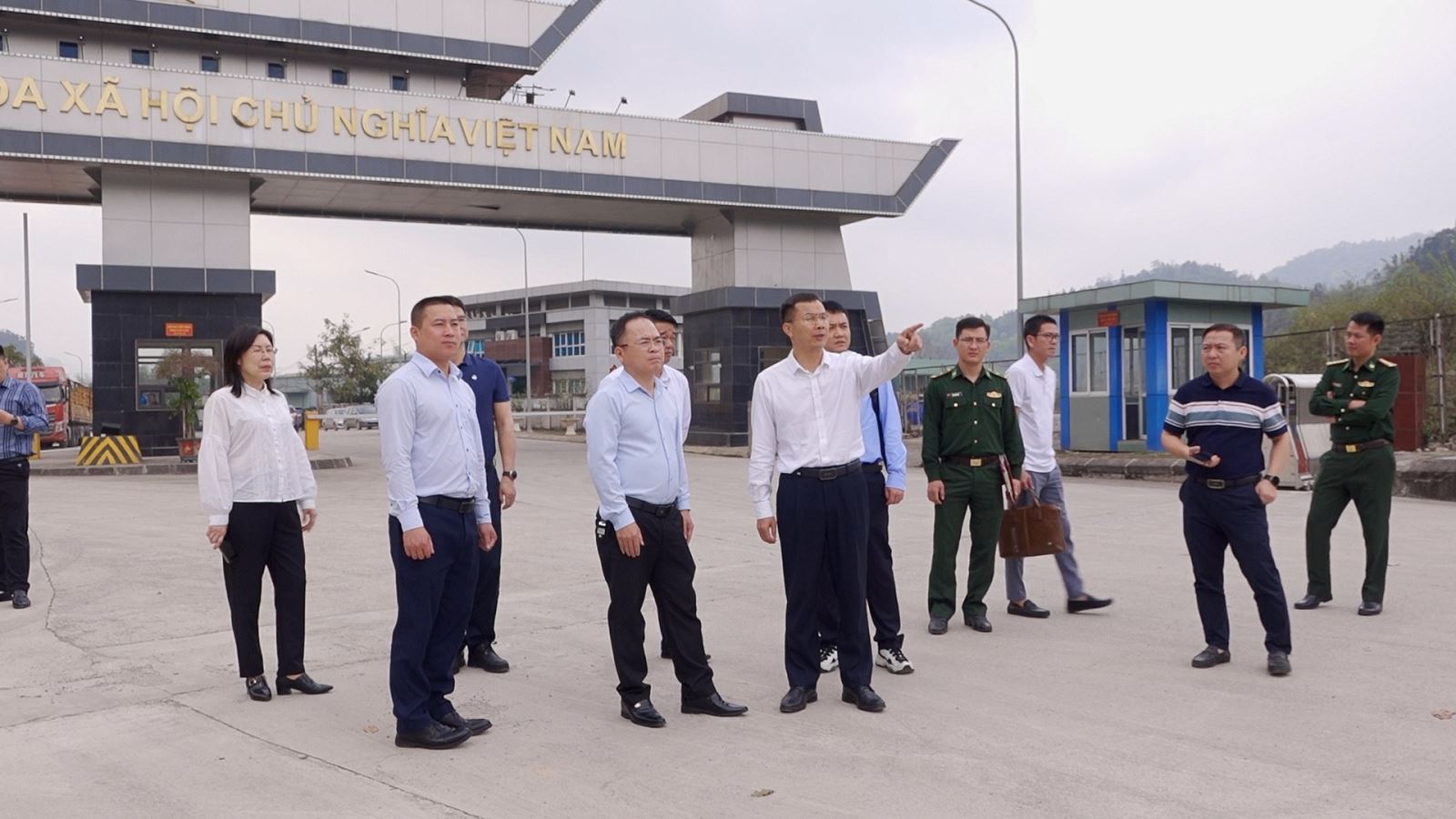
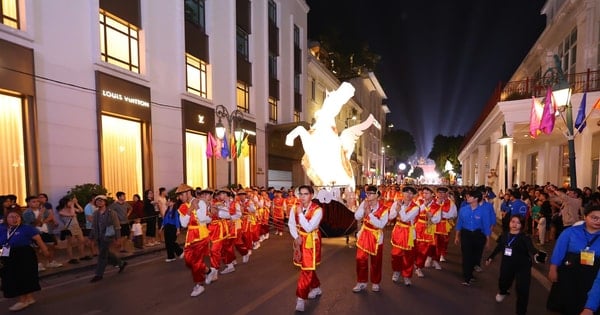

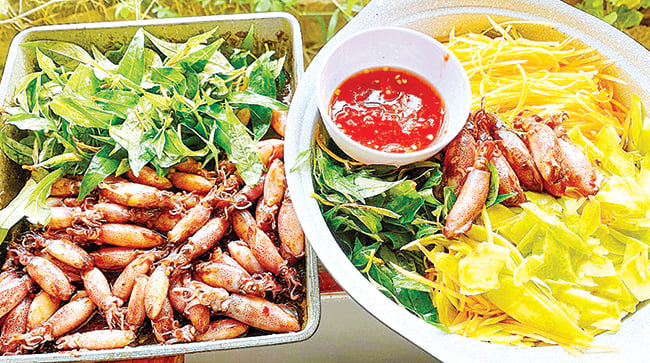
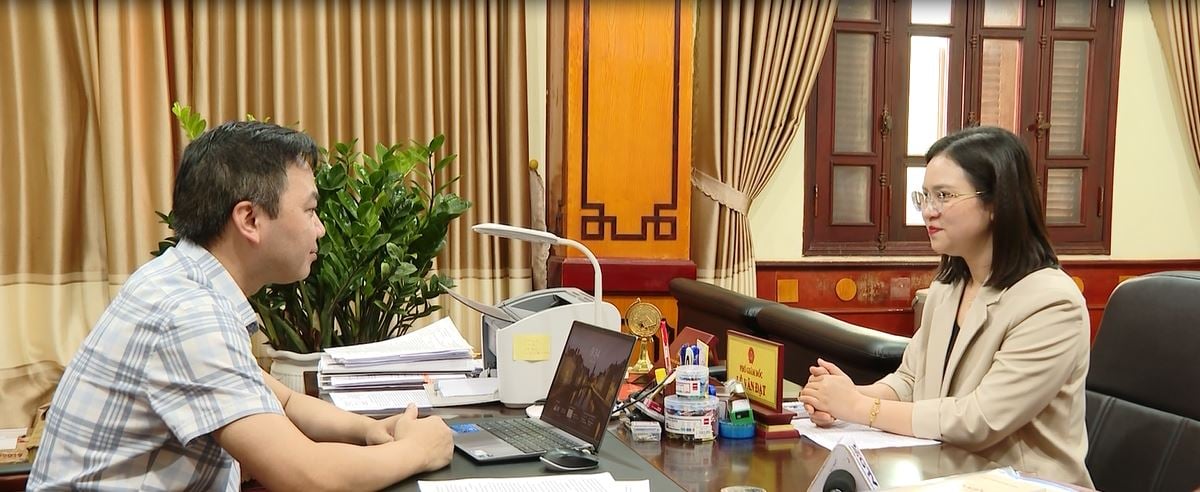
















































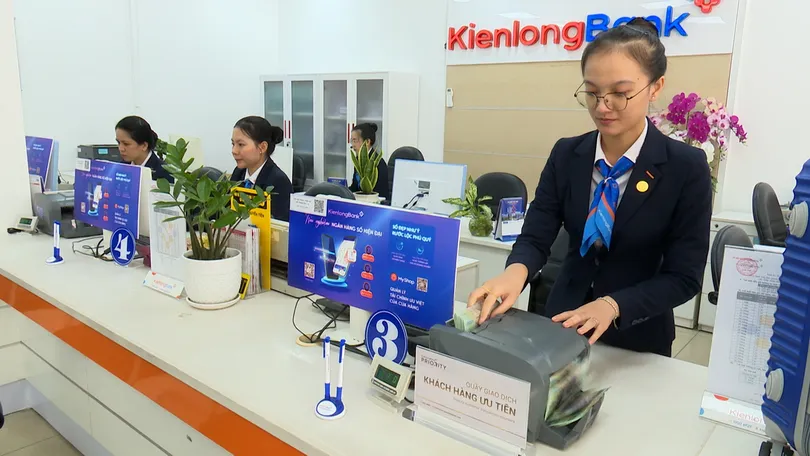
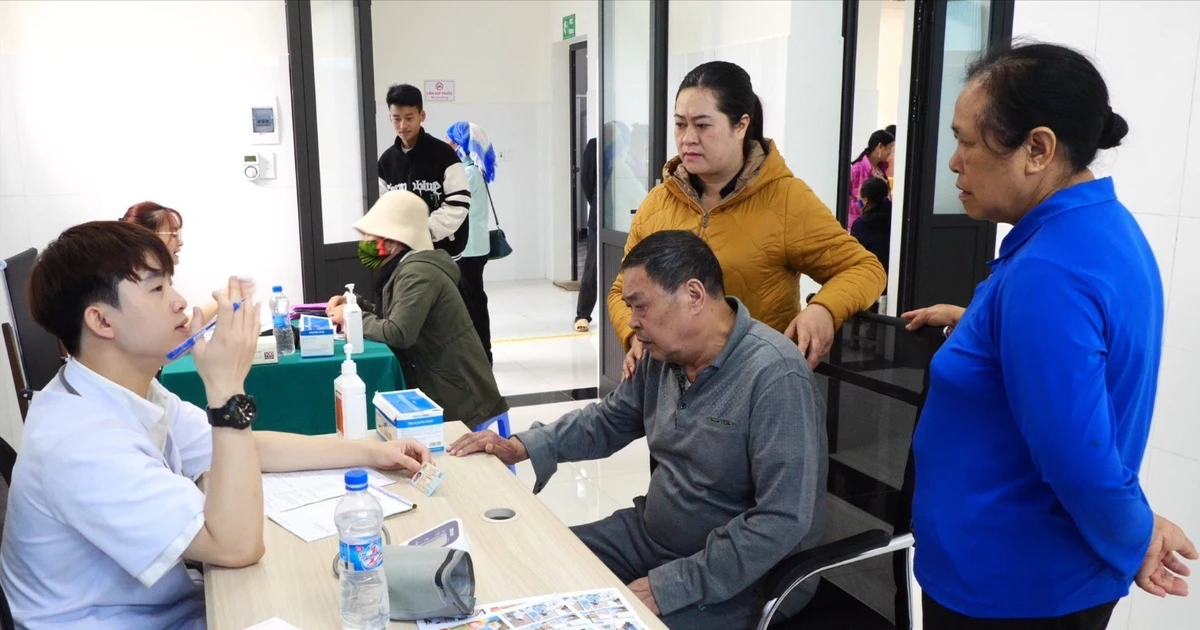

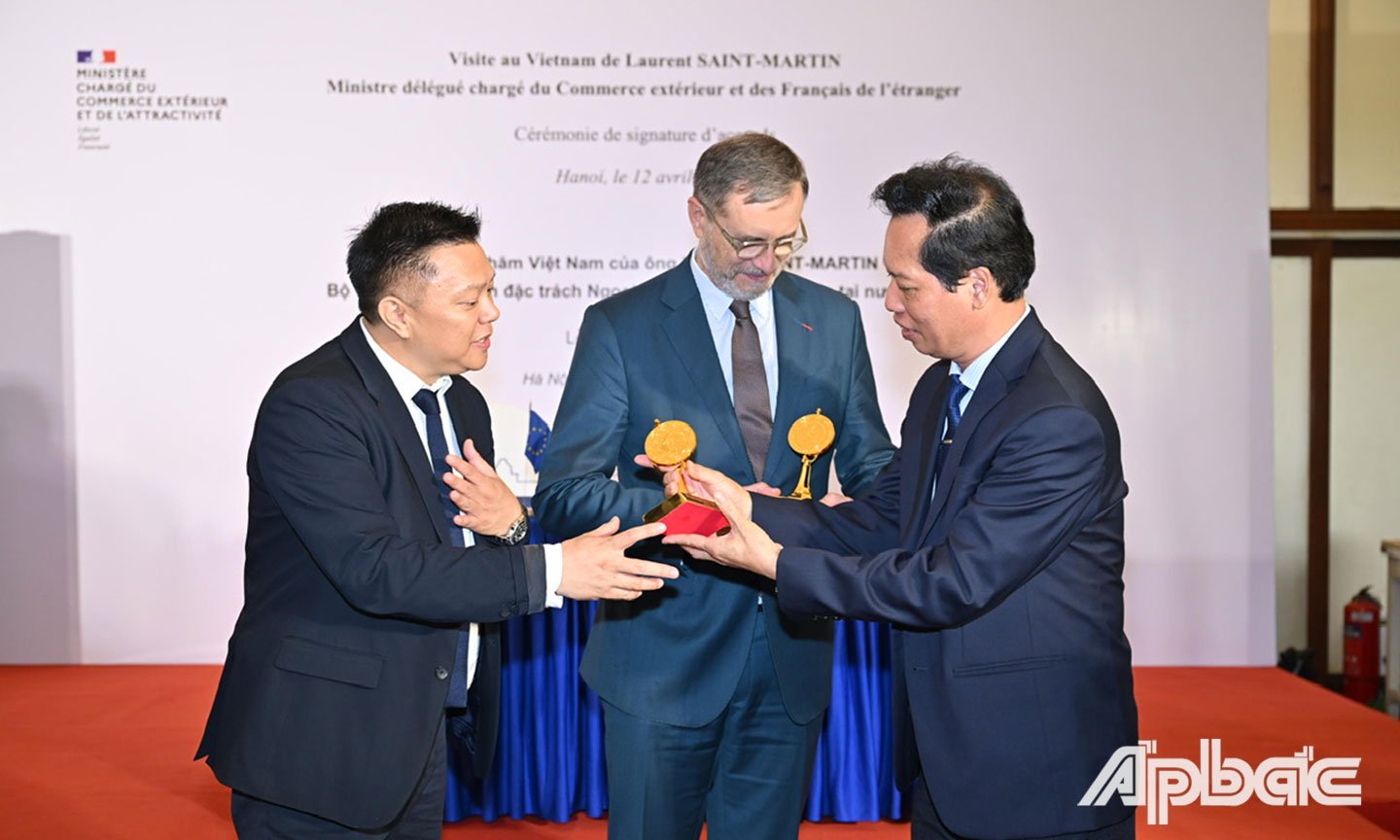












Comment (0)